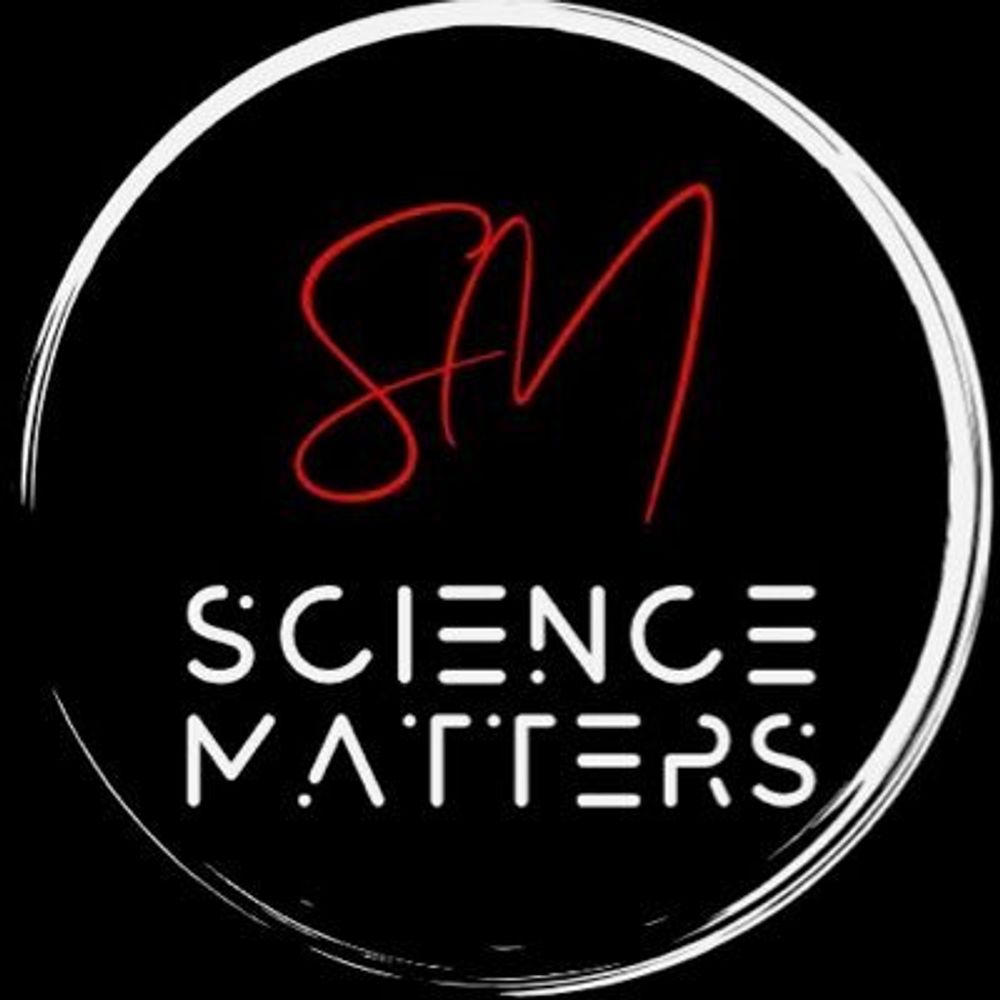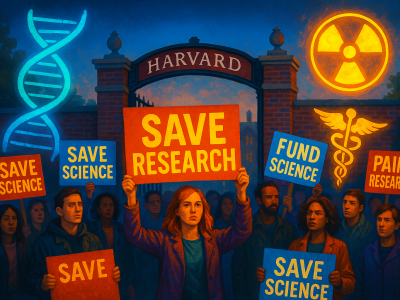Late one evening in a small lab, a postdoc glances nervously at her unread emails. A colleague’s paper, complete with manipulated images, just got accepted by a so‑called journal that seemed legitimate. She wonders: did she nearly cite science that never happened?
This startling scenario captures the essence of a troubling new study in the Proceedings of the National Academy of Sciences (PNAS) titled The entities enabling scientific fraud at scale are large, resilient and growing rapidly. The research lays bare how networks of fraudsters are churning out fake scientific papers faster than their legitimate counterparts, and what that means for researchers, doctors and the public.
A system under siege
Science once relied on honesty, peer‑review and incremental progress. That implicit social contract has held for centuries. But today, the study reveals, this contract is fraying. Criminal‑style networks known as “paper mills” operate like factories. They produce fake manuscripts with plagiarised text, doctored or stolen images, and nonsensical claims. These are sold to academics seeking quick publications or influence. So many, so fast, that fake research is now outpacing genuine science in sheer volume (Northwestern University researchers caution that fraudulent science is “growing at a faster rate than that of legitimate scientific publications”).
This study is probably the most depressing project I’ve been involved with in my entire life. Since I was a kid, I was excited about science. It’s distressing to see others engage in fraud and in misleading others
-Prof. Luís A. N. Amaral
How the scam works, in plain sight
Paper mills do not rely on a single fraudster. Instead, they orchestrate a supply chain of deceit. Researchers, aided by brokers, buy authorship slots. First‑author seats command higher prices than middle ones. Citations too can be bought, inflating academic prestige without merit. Some even stage sham peer reviews. The study warns that intermediaries make the process “essentially criminal”.
Then there are the journals. Some real, defunct journals are hijacked. Their domain names are acquired. Fraudulent papers are published under these false brands to appear credible. Professor Reese Richardson sums it up: “Brokers connect all the parties. You need someone to write the article, people willing to pay to appear as authors, a magazine willing to publish it, and editors who will accept it”.
What makes detection even harder is that these networks operate globally. They exploit lax editorial oversight, peer‑review loopholes and the pressure on researchers and institutions to publish or perish.
The gap keeps widening
Fake science isn’t just growing, its growth is accelerating. Between 2016 and 2020, paper‑mill output nearly doubled every 1.5 years, while retractions grew, but at a much slower pace, only doubling every 3.5 years. That means the cleanup effort cannot keep up.
Investigators assembled a database of over 32,700 suspected fake papers. That figure could be conservative. The study highlights how a small number of complicit editors, less than 0.3 percent, account for up to 30 percent of retractions, suggesting deep collusion or negligence.
Look at image duplication. In one analysed network of over 2,200 papers, only one‑third of manipulated‑image cases had been retracted. Many remain buried in the literature, awaiting detection.
Why it matters, and fast
This is not just academia’s problem. When fake science circulates, real-world consequences multiply:
- Doctors may rely on bogus clinical research to treat patients.
- Policy‑makers can make decisions based on fabricated findings.
- Artificial intelligence systems, trained on published literature, may learn and propagate falsehoods.
Trust in science depends on transparency and integrity. When those erode, the public’s confidence collapses. Science cannot afford to become “poisoned”—and Marian Puigdomènech, president of Spain’s Committee for Research Integrity, warns that metrics‑driven pressures are encouraging shortcuts, further threatening credibility.
If we’re not prepared to deal with the fraud that’s already occurring, then we’re certainly not prepared to deal with what generative AI can do to scientific literature. We have no clue what’s going to end up in the literature, what’s going to be regarded as scientific fact and what’s going to be used to train future AI models
-Reese Richardson
What must change
The Northwestern team outlines four interventions:
- Strengthen editorial scrutiny: better identify verification and audit trails for authors and editors.
- Deploy automated detection tools: software to flag textual anomalies, image duplication, suspicious metrics.
- Investigate fraud networks: examine intermediaries, brokers, hijacked journals to dismantle them.
- Restructure academic incentives: move away from simplistic metrics like counts and citations, promote quality over quantity.
These aren’t soft suggestions. They are urgent. Publishers such as Wiley and Taylor & Francis have already taken steps by retracting thousands of papers and even shutting down compromised journals.
In Spain, Puigdomènech underscores that the study should be a wake-up call to train professionals in good scientific practices and not assume that indicators solve everything.
Pulling it all into focus
In recent weeks, much has unfolded in global science. The rise of generative AI, from ChatGPT-style models to data-driven analysis tools, has accelerated both the potential and the risk of misinformation. In the same month that the PNAS study was released, the World Health Organization warned that distorted science can undermine pandemic responses. In the UK, misinformation about vaccine studies, some of which were later found flawed, had recently contributed to hesitancy in key populations. In that context, the PNAS findings are not hypothetical. They strike at the heart of urgent societal issues.
Furthermore, Australia’s academic integrity bodies announced reviews of duplicate-image detection and editorial transparency in STEM journals. This pattern of attention shows the topic’s growing public stakes.
What will you do?
Fake science is not a distant threat. It is growing today, faster than the slow gears of detection and correction. When research becomes a transaction, trust becomes the casualty.
If one of your readers is a journal editor, consider investing in image-forensics tools. If you are a funder, question simplistic metrics. If you write for the public, highlight stories that expose fraud networks, not just egregious individual cases.
Reference
Richardson, R. A. K., Hong, S. S., Byrne, J. A., Stoeger, T., & Amaral, L. A. N. (2025). The entities enabling scientific fraud at scale are large, resilient and growing rapidly. Proceedings of the National Academy of Sciences, 122(32), e2420092122. https://doi.org/10.1073/pnas.2420092122







